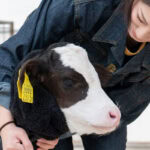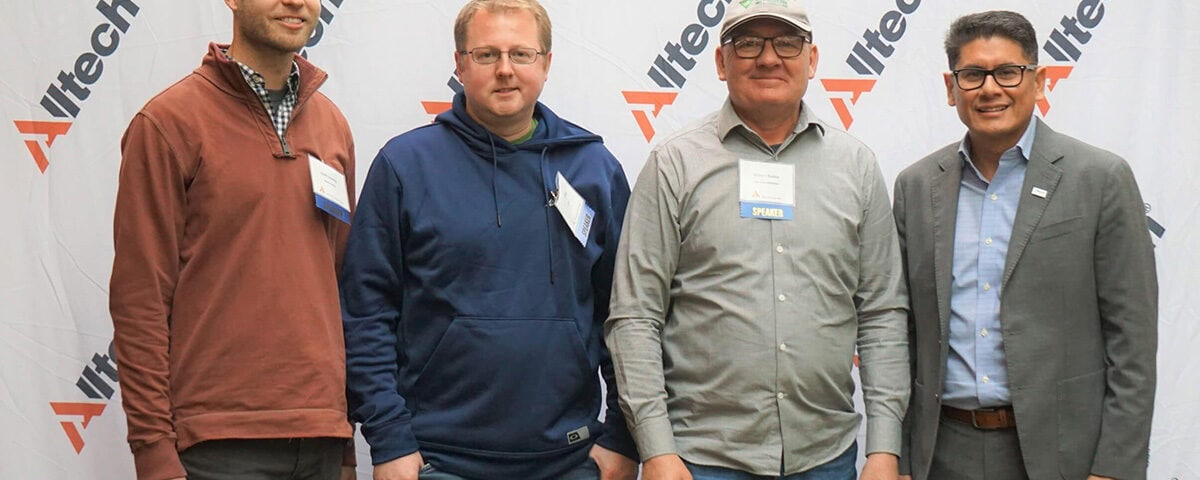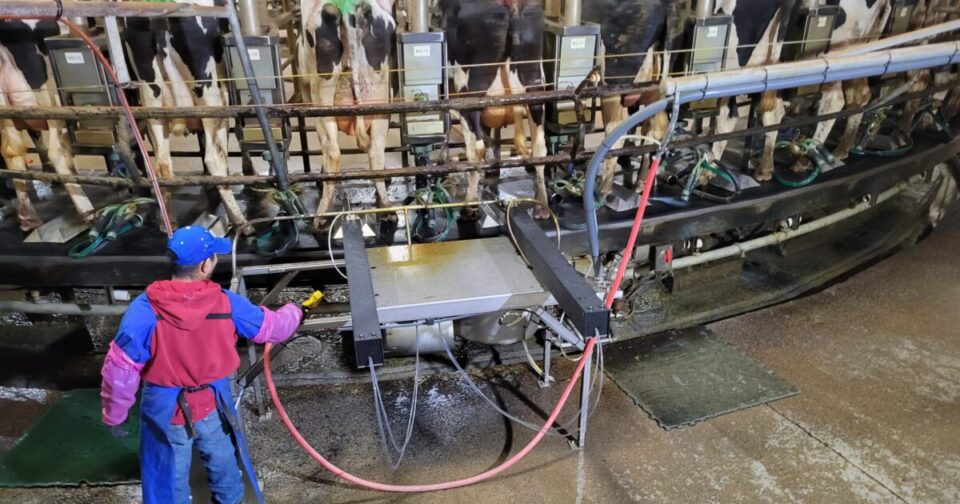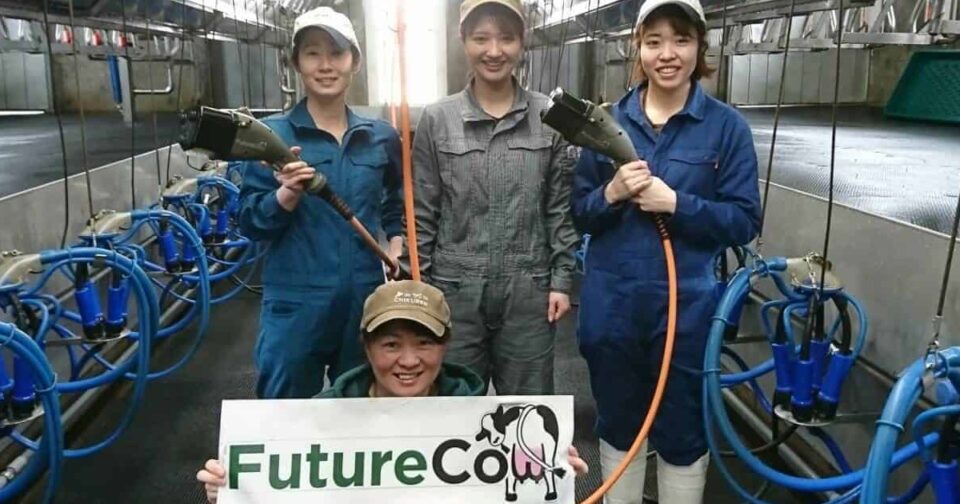
Tips for Using Calf Jackets
October 20, 2022
First Day with Teatscrubber
June 15, 2023Partial Parlor Automation
Parlor automation doesn’t necessarily have to cost an arm and a leg to incorporate into current milking systems whether they are brand new or 50 years old. In December, I had the honor of being part of the partial parlor automation panel group at the Alltech Dairy School at Lambeau Field in the heart of dairy country. The thing that I was able to take home after hearing everyone bring up great questions and think about how particular systems could be integrated was that there is more than one way to milk cows. But no matter how you milk the cows there is a shared motivation of wanting to produce an awesome dairy product.
When considering different automation that is offered in the industry, all of them are meant to work. But always ask yourself these 3 questions. What is best for my cows? What is best for my people. And what has the best return on investment for the dairy.
Best For Cows
When something seems the best for labor savings, please consider the question, “do these other means provide the best situation and protection for the cow during and after milk harvest?” Does the way that you want to integrate a system into a parlor provide the cow with the best stimulation according to all current research out there for high performing dairies? If we are simply looking to cut a labor position by applying a pre-dip via means of robot but still need to physically clean with a towel, did we really save anything at the expense of potentially harming the cows milk let down and teat end health?
Best For People
One concern that came up at the event was the question of prolonged worker use of a teat scrubber on human muscle health. This came as a surprise to me as my 12 years of being connected to and working with the teat scrubber I have never had this worry. The opposite was true when I integrated the scrubber into the parlor for my team in my former life. When you think about the strain that is placed on someone’s wrist when they need to perform a teat end wipe with a towel repeatedly. How hard is that on someone in comparison to holding the handle of the teat scrubber to clean and sanitize cows?
Best for Return on Investment
Capital expenditures are normally fun and exciting when it’s something shiny and new or creates a lot of onlookers when recently installed or sitting in the yard. When a FutureCow Teatscrubber is installed, it may not be the shiniest color piece of equipment sitting around, but it does speak volumes for the commitment that a dairy has towards their cows and the future of their business. When you break things down on a per cow per month cost on the teat scrubber, there is the normal per cow monthly fee. When you consider all the alternatives such a towels or sprayers, always be sure to consider all the costs associated and then break them down on a per cow per month basis.
- Towels
- Washers and dryers – Initial purchase costs and repair costs, ongoing costs of electricity, gas and detergent.
- Water usage and hauling costs (Land availability to apply the water).
- Cost of other pre-dips or solutions made on farm – consider ALL costs associated with this. Electricity, handling, salt, hidden repairs, or costs above and beyond the normal upfront cost presented.
Always keep exploring options that will improve labor efficiency in your dairy. As you and your team go about your days, always ask yourself, how can I do this more efficiently from both a cost and a cow health standpoint? Move forward with exploration and do the homework in a way that never forgets the basics of what a cow needs.




